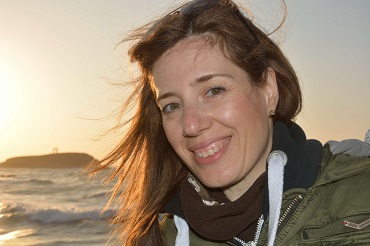OPINIONS
Anna Kynthia Bousdoukou
November 11 2021
In order to understand what is happening today with climate change, it is important to understand nature itself, the mechanisms it uses, and the evolutionary processes it follows. By studying the past, we gain useful insights for the future.
Global warming is not an exclusively contemporary phenomenon. In the history of the Earth, there have been glacial and interglacial periods of cooling, followed by periods of global warming. Currently, we are experiencing an interglacial period; a period when temperatures are rising, ice is melting, and sea levels are rising. Human activities influence and accelerate this process. Prehistoric humans 18,000 years ago, heading towards the present day, experienced a rapid natural change in sea levels. During that period, the eastern Cyclades comprised a single landmass, with the islands of Andros, Tinos, Syros, Delos, Mykonos, Paros, Antiparos, Naxos, and the Lesser Cyclades joined together. The planet began to heat up, resulting in rising sea levels. As the temperature rose, so did the sea level, causing the land to be flooded with water. With the current temperature increase, history will repeat itself, putting coastal areas with low slopes and low terrain at risk.
Climate change, when combined with urban sprawl, is also responsible for frequent flooding. At the same time, forest fires intensify these phenomena, especially in cases of extreme rainfall. This is a vicious cycle, where fire destroys vegetation, rainwater does not drain away, and it is transported downstream along with material extracted from the soil, resulting in the flooding of lowland regions.
In many cases, nature itself provides us with answers to the problems created by climate change. Specifically, landforms such as sand dunes and fossilized coastlines (beachrocks) act as protection for low-altitude coastal areas, as they dampen wave energy and protect such areas from rising sea levels. A typical example of a natural solution to coastal erosion and rising sea levels are artificial beachrocks, which act as breakwaters, using materials from the host beach.
Environmental education is more important than ever, as children—the future citizens of this world—need to learn the importance of the environment, climate change, and natural disasters in order to protect themselves as well as the rare and special environment that hosts us.



